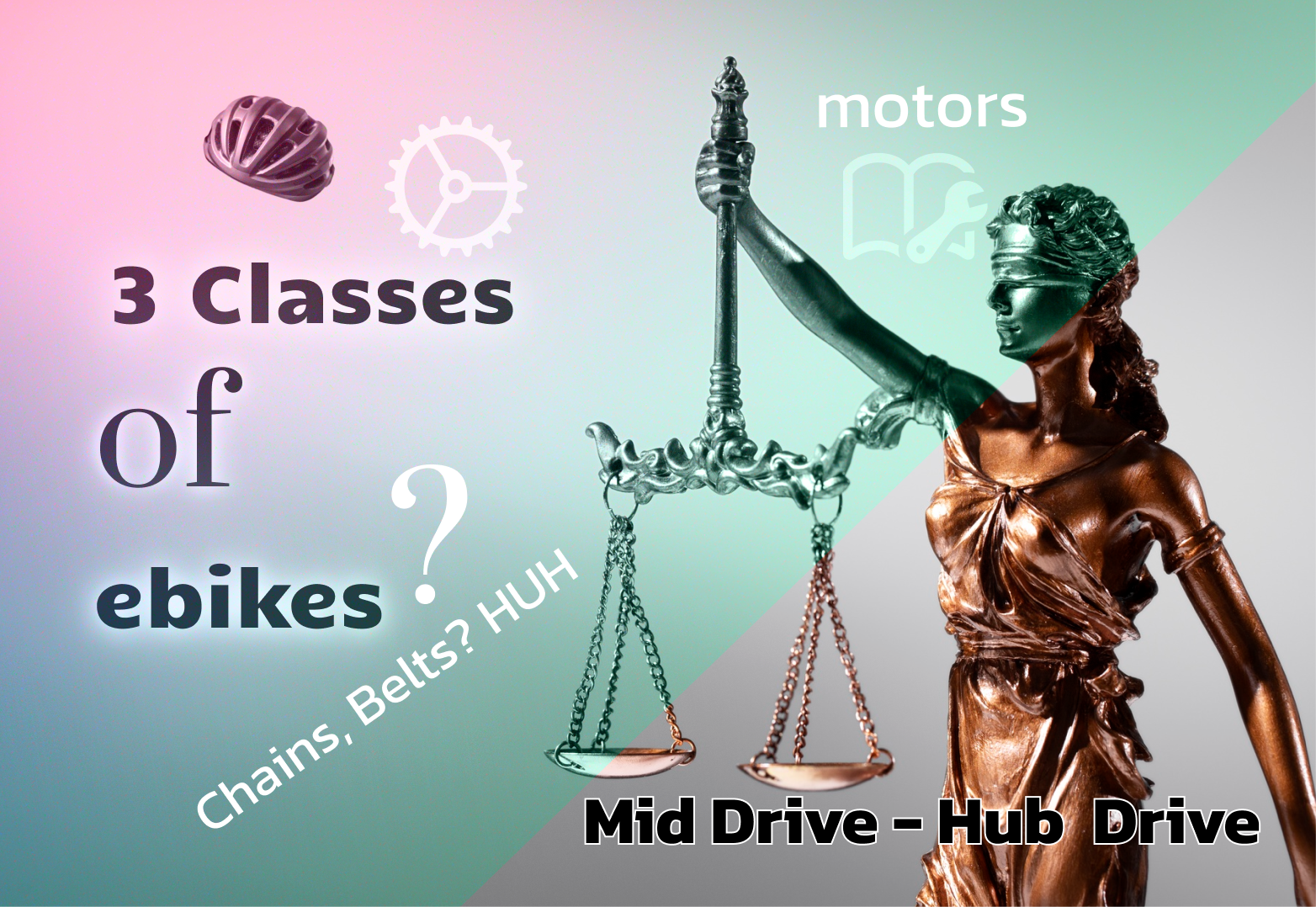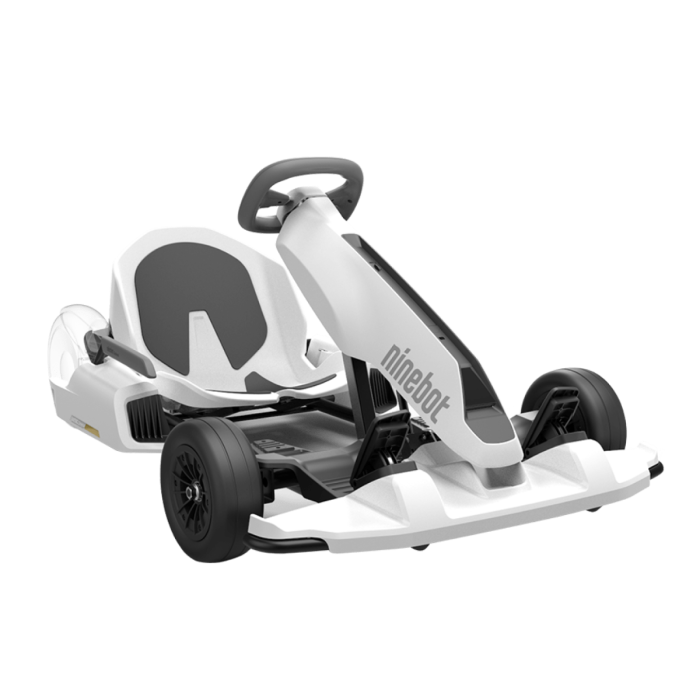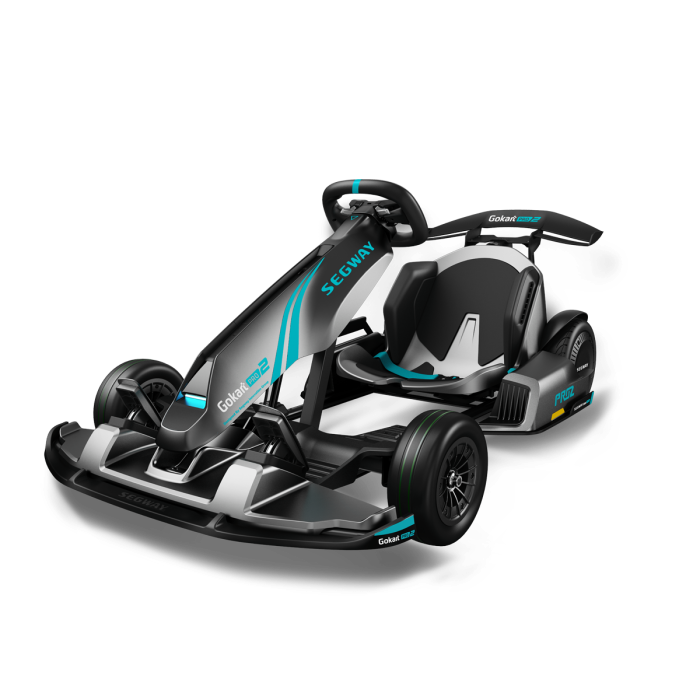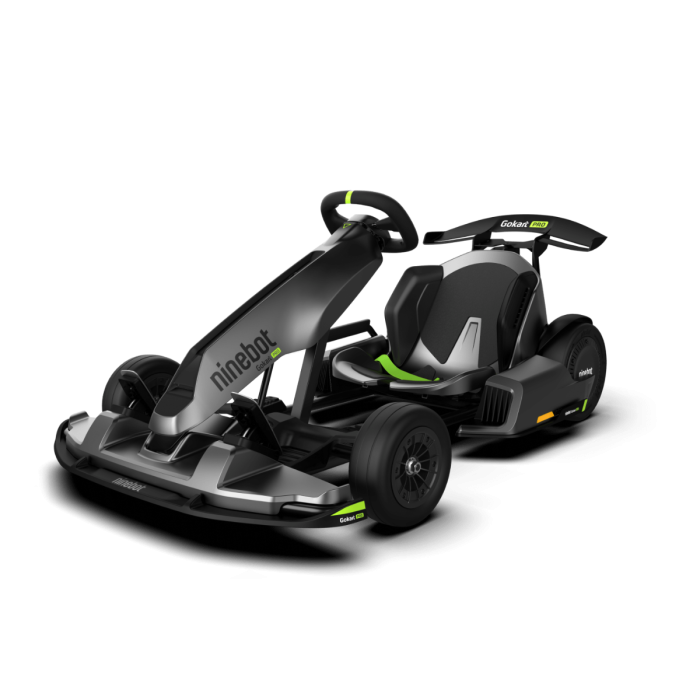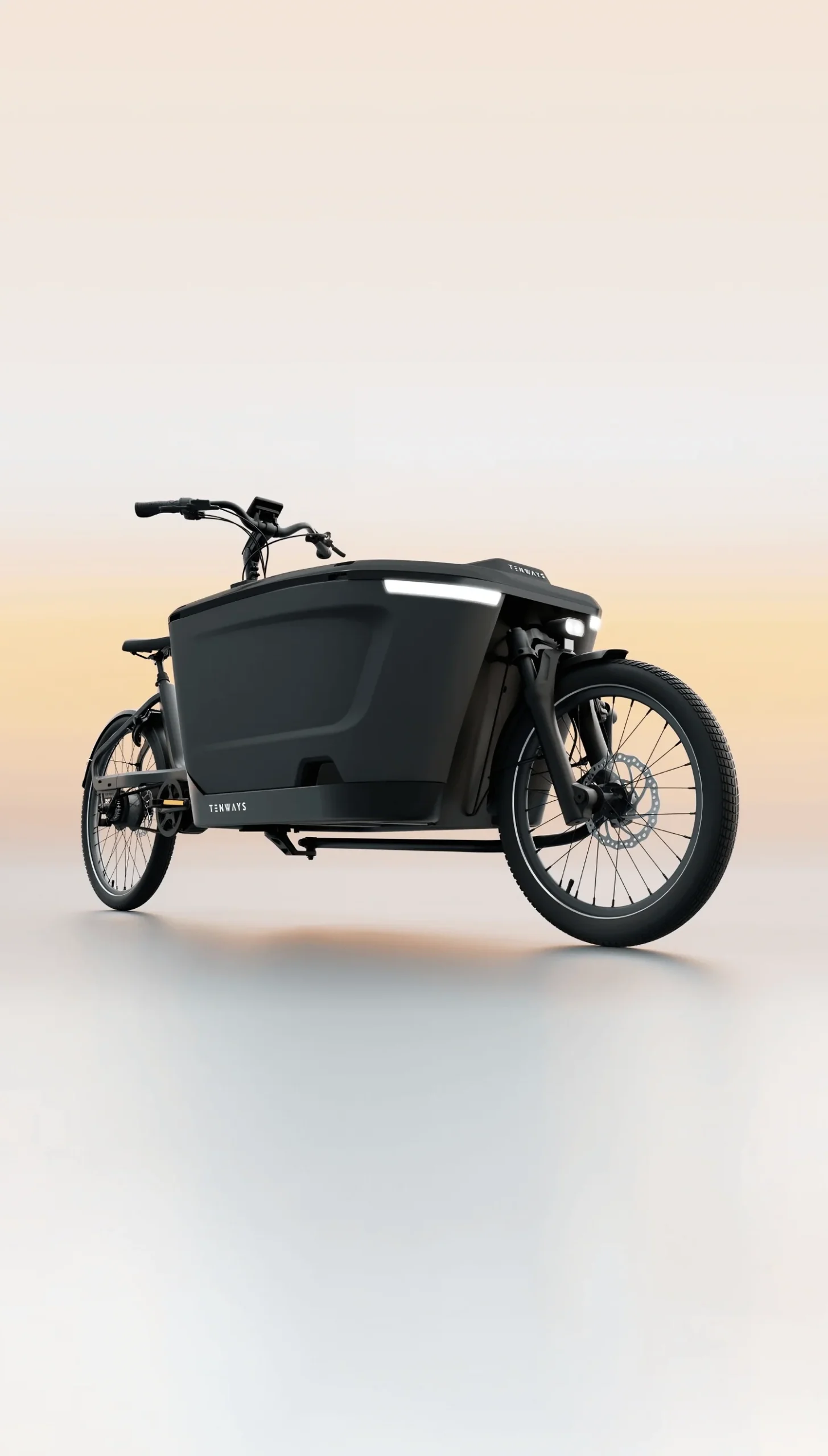Deciding on the best-fitting electric bicycle (eBike) for your specific needs involves more than just a cursory glance 👀. This choice can significantly enhance your bike riding journey, so it’s vital to think through various elements. Ebike motors, drives, placement and the three classes can be confusing at first glance. Allow us to guide you through the crucial factors that will empower you to make a knowledgeable decision selecting the ideal ebike.
Discover the Magic of eBikes: Pedal-Assist vs Throttle-Controlled
Navigating the exciting world of eBikes requires a basic understanding of the two pioneering styles: the invigorating pedal-assist and the leisurely throttle-controlled. Some bike manufacturers are using both, pedal assist and throttle assist for diverse range in different environments. E.g., Class 2 ⤵ electric bicycles.
1. Unleashing the Pedal-Assist eBike Magic: 🪄
A pedal-assist eBike promises an electric boost with each pedal stroke, amplifying your efforts for an effortless ride. Perfect for covering great distances or conquering formidable terrains, these eBikes reward your physical input with an exhilarating burst of speed. If you infuse your bike rides with a touch of fitness fervor, pedal-assist eBikes let you relish the thrills of an active lifestyle with an electric power option at your disposal.
2. Exploring the Leisure of Throttle-Controlled eBikes:
The throttle-controlled eBikes stand at the opposite end of the spectrum, allowing for effortless motor-powered cruising without any need for pedaling. Featuring a throttle mechanism akin to motorcycles, these eBikes guarantee leisurely rides and are ideal companions for those seeking relaxation or having mobility concerns. Throttle controlled type usually have the electric motor on the rear hub.
| eBike Type | Pedal-Required | Control Mechanism | Ideal For |
| Pedal-Assist | Yes | Pedaling | Active lifestyle, Long distances, Challenging terrains |
| Throttle-Controlled | No | Throttle | Leisure rides, Mobility limitations |
Ebike Classes Explained: Motors, Classes and Drives. ⚙️
In the world of electric bikes (eBikes), the motor serves as the cornerstone that amplifies your cycling experience. You’ll encounter different types of motors, primarily hub motors and mid-drive motors. Hub motors are conveniently housed in the wheel hub, offering a simple and intuitive design. They’re perfect for level terrains and city navigation.
Conversely, mid-drive motors are located at the center of the bike’s gear system, using the bike’s gears to deliver increased torque and efficiency. This makes them a prime option for overcoming challenging slopes and venturing off-road. Choosing between hub and mid-drive motors largely hinges on your personal riding style and landscape preferences, factors which add to the broad range of eBikes on offer.
Deciphering the Three Categories of Electric Bikes 🤯 – 3 Classes Explained
Electric bikes are commonly classified into three (3) categories mainly for regulation purposes. This classification is based on the degree of motor assistance each bike provides. This three-tiered system is widely accepted by most bike manufacturers and regulatory bodies alike. Identifying which category of e-bike suits you marks an essential milestone in your decision-making process. 👍
Knowledge on the motor, drive system, and class specifications is paramount. The motor, being the nerve center of your eBike, delivers the necessary electric power-boost. Together with the drive system – a composition of elements such as the chain (or belt), gears, and pedals – it enables your bike to spring into motion. “CLASS 1 – the most affordable options, making them a popular choice among riders seeking both cost-effectiveness and electric assistance, without the need of permits or a license”.
Federal regulations and law in Canada don’t use Classes but rather (W)watts output, so your electric bicycle cannot exceed 500 W or exceed 32 km/hr (kilometer/hour) “20 mph”.
RELATED: Ebike Law and Regulation in Canada: Your Guide to Rules and Safety
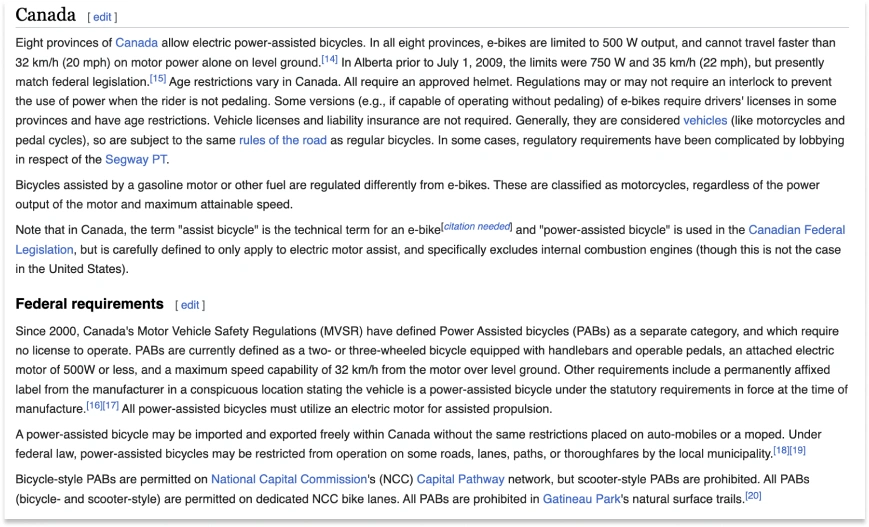
The classification system for electric bikes used in the United States is also adopted by British Columbia Parks in Canada.
Three Classes of ebikes:
Class 1:
The motor lends support exclusively as you pedal and withdraws its aid once the e-bike hits a speed of 20 mph or 32 km/hr.
Class 2:
Equipped with a pedal-assist mode that optimally supports speeds up to 32km/hr or 20 mph, the unit also provides an alternate, throttle-powered mode eliminating the necessity of pedaling.
Class 3:
This e-bike comes with pedal-assist only (identical to Class 1), but the assistance halts once the e-bike hits the speed of 28 mph.
Class 1 e-bikes are hugely popular among new riders. These bikes offer value for money and are widely accepted from a regulatory perspective. They’re perfectly suited for city streets and numerous bike paths. This category of e-bikes is gradually gaining entry into classic mountain-bike trails, but accessibility is not yet a given, so you should always check in advance.
Class 2 e-bikes are permitted in most of the same areas as Class 1 e-bikes. This is primarily because both Class 1 and Class 2 e-bikes cap their motor assistance at a speed of 20 mph.
Class 3 e-bikes are a favourite among daily commuters and those who run frequent errands. These bikes are notably faster and carry a higher power capacity than class 1 bikes, although this comes at a higher cost. The upside to this greater performance is improved speed synchronisation with traffic, enhanced climbing ability, and superior load capacity. However, the compromise is that usage on most bicycle paths and mountain bike trails is typically off-limits.
Before settling on a specific class of e-bike, it’s advisable to delve deep into the research on the access rules. Please note that the landscape of law regulations, licensing procedures, registration requirements, age restrictions, and land-management rules are in a constant state of evolution.
| Ebike Classes | Class 1 | Class 2 | Class 3 |
|---|---|---|---|
| Pedal Assist | Yes | Yes | Yes |
| Throttle | No | Yes | No |
| Max Speed | 20 mph or 32 km/hr | 20 mph | 28 mph |
Evaluate Your Cycling Requirements
Let’s collaborate to identify an eBike framework that matches your cycling requirements. Contemplate the ensuing aspects:
- Type of Terrain: Delineate the kind of terrain you’ll frequently tackle. Is it hilly landscapes or predominantly flat urban terrains? Your terrain type will guide the motor capacity and eBike model you select.
- Travel Distance: Reflect on the normal distance of your rides. Do you commute, embark on brief jaunts, or plan extended weekend escapades? This will guide you to an eBike with a suitable battery life.
- Physical Fitness: If you aim to maintain fitness levels and relish in a physical workout while cycling, a pedal-assist eBike may be your go-to. Conversely, if you require additional aid due to physical constraints or if you prefer a more leisurely ride, a throttle-controlled eBike may be your perfect match.
Battery Capacity and Riding Range 🔋
One of the critical components of an eBike is its battery. The battery capacity determines how far you can ride on a single charge. Here’s what you need to know:
- Battery Capacity (in watt-hours, Wh): Higher capacity batteries generally provide longer rides. If you plan on extended trips, opt for a bike with a higher Wh rating.
- Range: Keep in mind that the actual range can vary depending on factors like terrain, rider weight, and weather conditions. Always check the manufacturer’s specifications for estimated range.
Choosing the right e-bike requires careful consideration of the battery, a critical component which manufacturers dedicate significant attention to in a bid to optimize performance and enhance riding distance.
A stronger motor equates to increased speed, essential for seamless traffic maneuvering, and amplified torque, beneficial for tackling inclines and transporting heavy loads. However, such advantages come at a price – quicker battery drainage, which can limit your travel range.
The range of travel distances differs significantly, often stated as between 20-100 miles with pedal assistance. Battery performance is quantified in watt-hours (Wh), indicating the duration it can sustain a watt of power before exhaustion.
The power output of the motor also holds importance. For instance, a Class 3 e-bike frequently pairs a 500-watt motor with a 500 Wh battery, which exhausts power more rapidly in comparison to a Class 1 e-bike that couples a 250-watt motor with a similar 500 Wh battery.
Battery charge time is another vital aspect to consider. Most batteries require three to five hours for a full charge, with larger-capacity batteries taking longer. It’s advisable to have an extra charger if you plan to commute on your e-bike. Some e-bikes even allow the use of two batteries simultaneously, extending your ride length and providing a backup option.
Structural Integrity and Quality 💪
The structural integrity and craft quality of your eBike directly influence its lifespan, user comfort, and handling capacity. Pay attention to elements such as:
Frame Substance:
Predominantly, frames are constructed from aluminum or carbon fiber. Boasting a lightweight and long-lasting nature, aluminum is a traditional choice. On the other hand, carbon fiber, whilst potentially carrying a higher price tag, ensures a seamless journey.
The frame material, along with motor and battery size, affects the total weight of the e-bike. While e-bikes are generally heavier than standard bikes, a lighter model offers better agility and maneuverability for varying terrains.
Suspension Type:
For those planning to traverse uneven landscapes, opting for a bike offering front or comprehensive suspension could significantly enhance comfort and maneuverability.
Brand Credibility and Customer Feedback ⭐
When selecting your eBike, comprehensive research forms the backbone of a wise decision. Ensure to delve into reviews from trustworthy platforms and weigh the brand’s standing regarding product quality and customer service. User experiences from fellow riders can equip you with practical insights into the strengths and drawbacks of particular models.
Final Thoughts
Selecting the ideal electric bicycle (eBike) for your needs is much more than a simple choice. It’s an intricate balancing act between your riding style, the terrains you explore, and the level of electric support that you desire.
RELATED: Unlocking the Future of Commuting: What Are E-Bikes and Why Are They Taking Over?
Think 🤔 about the kind of eBike you’re after – whether that’s pedal-assist or throttle-controlled. Knowledge of your riding requirements is crucial, as well as understanding battery capacity and range. The frame’s durability and the overall build quality are factors not to be overlooked. Plus, don’t forget to investigate the brand’s reputation and scan through reviews.
By taking these steps, you’re setting yourself up for success in finding an eBike that’s going to truly enrich your riding adventures.
eBike Types Comparison
| Feature | Pedal-Assist eBike | Throttle-Controlled eBike |
| Electric Assistance Method | Pedal-assist | Throttle control |
| Suitable Terrain | Varied | Mostly flat surfaces |
| Fitness Level | Active riders | Leisurely or limited mobility |
| Battery Capacity (Wh) | Varies | Varies |
| Estimated Range | Dependent on capacity | Dependent on capacity |
| Frame Material | Aluminum, Carbon Fiber | Varies |
| Suspension | Optional | Varies |
| Recommended Use | Commuting, Long rides | Casual and leisure rides |
It’s essential to keep in mind that your ideal e-bike should complement you perfectly. To maximize your riding comfort and enjoyment, especially given the investment involved, guaranteeing a rightful fit is pivotal. Factors such as frame size, its geometry, and body-specific adjustments greatly contribute towards achieving this perfect fit.
